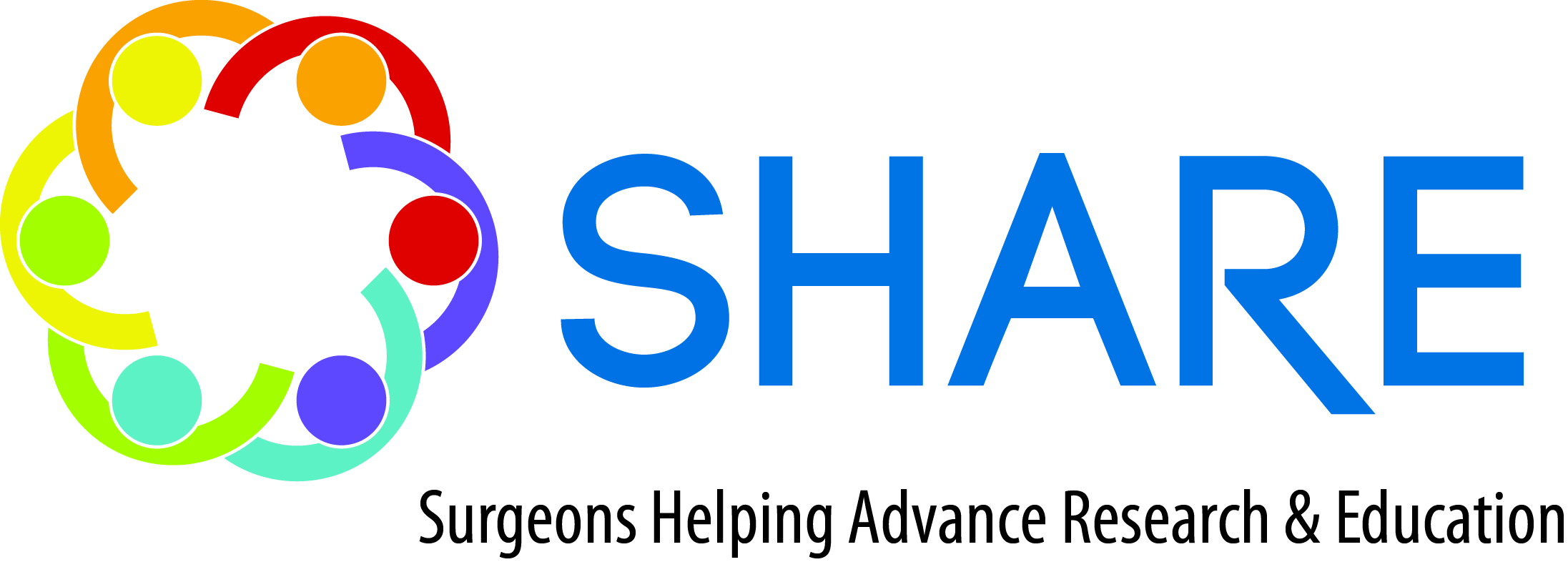
52nd Annual Scientific Meeting | March 22 - 25, 2026
Advancing Gynecological Surgery: Growth through Adaptability and Accessibility
Billing & Coding in Urogynecology
Sunday, March 22, 2026 | 1:00 pm - 5:00 pm MST
Course Director

Marc Toglia, MD
Urogynecology Associates of Philadelphia
Course Faculty: Jon Hathaway, MD and Mitch Schuster, MD
Course Description:
This postgraduate course is designed to equip urogynecologists, fellows, and coding professionals with the knowledge and practical skills necessary to navigate the complex landscape of billing and coding in urogynecology. With increasing scrutiny from payers, evolving coding requirements, and the financial pressures on clinical practice, accurate documentation and coding have become essential not only for compliance but also for sustaining high-quality patient care.
Over the course of four hours, participants will engage in a series of lectures, case-based discussions, and interactive coding workshops led by experienced faculty. The curriculum covers fundamental and advanced coding principles, including ICD-10 and CPT code application, modifier use, surgical procedure coding, payer-specific policies, and strategies for managing denials and appeals. Real-world operative notes and clinical scenarios will be used to reinforce key concepts and allow participants to apply coding rules in a hands-on format.
By the conclusion of the course, attendees will have improved confidence in applying coding principles to both straightforward and complex cases. They will leave with practical strategies for enhancing documentation, minimizing errors, optimizing reimbursement, and navigating payer requirements in urogynecology practice. This course is highly interactive, offering participants the opportunity to learn from faculty expertise, peer collaboration, and case-based problem solving.
Overall Course Learning Objectives:
At the conclusion of this course, participants will be able to:
- Accurately apply ICD-10 and CPT codes for common urogynecologic conditions and procedures.
- Identify and correctly use modifiers to maximize compliance and reimbursement.
- Document patient encounters and operative reports to support coding and billing claims.
- Navigate payer-specific rules, prior authorizations, and appeals for urogynecologic services.
- Apply coding principles in complex and multi-procedure cases through case-based exercises.
Agenda & Session Details
1:00 - 1:10 PM
|
Welcome & Course Overview |
| |
Introduction of faculty and participants |
| |
Outline of course structure and interactive elements |
| |
Pre-course coding knowledge poll (anonymous) |
| 1:10 - 1:50 PM |
Session 1: Fundamentals of Urogynecology Coding |
| |
Learning Objectives: |
| |
Apply correct ICD-10 codes for pelvic organ prolapse, urinary incontinence,
and other pelvic floor disorders |
| |
Select appropriate E/M CPT codes based on documentation requirements |
| |
Recognize correct and incorrect use of common modifiers |
| 1:50 - 2:30 PM |
Session 2: Surgical Procedure Coding — Pelvic Organ Prolapse & Incontinence |
| |
Learning Objectives: |
| |
Assign CPT codes for native tissue repairs, mesh-based procedures, and revisions |
| |
Identify correct coding for combined pelvic floor procedures |
| |
Avoid the most frequent surgical coding errors in urogynecology |
| 2:30 - 2:40 PM |
Break |
| 2:40 - 3:20 PM |
Session 3: Advanced Coding Scenarios & Complex Cases |
| |
Learning Objectives: |
| |
Code for staged procedures, revisions, and complication management |
| |
Understand documentation requirements for complex coding |
| |
Apply best practices for coding when postoperative complications occur |
| 3:20 - 4:00 PM |
Session 4: Navigating Payer Policies & Denials
|
| |
Learning Objectives: |
| |
Interpret payer-specific coding rules and coverage criteria |
| |
Develop strategies for successful appeals of denied claims |
| |
Implement tips for streamlining prior authorizations |
| 4:00 - 4:40 PM |
Session 5: Interactive Coding Workshop |
| |
Learning Objectives: |
| |
Work through operative note and clinic visit examples to assign accurate codes |
| |
Collaborate with peers to address challenging coding scenarios |
| |
Apply principles learned from earlier sessions in real-world examples |
| 4:40 - 5:00 PM |
Wrap-Up and Q&A |
| |
Summary of key coding takeaways |
| |
Post-course knowledge poll (compare to pre-course baseline) |
| |
Completion of course evaluation and CME forms |
|






